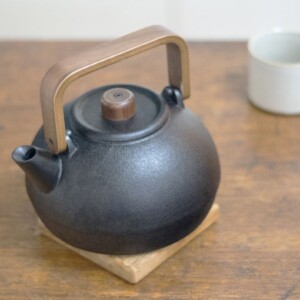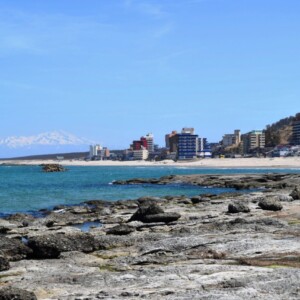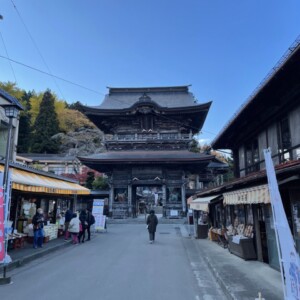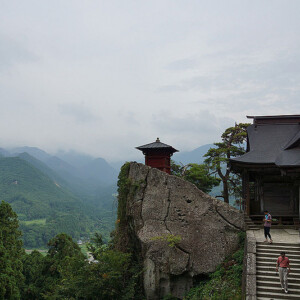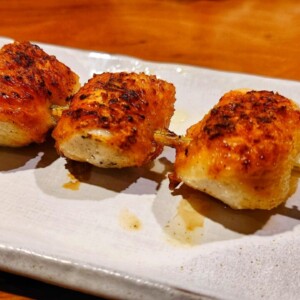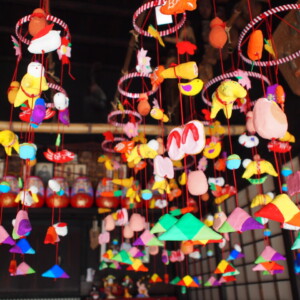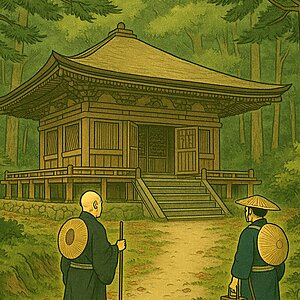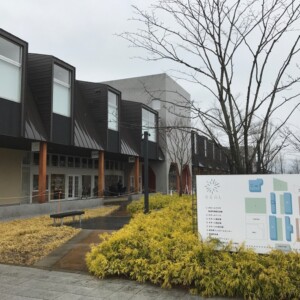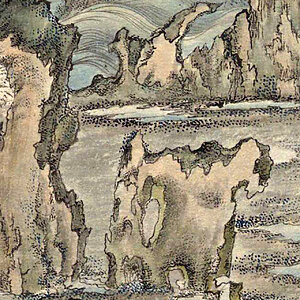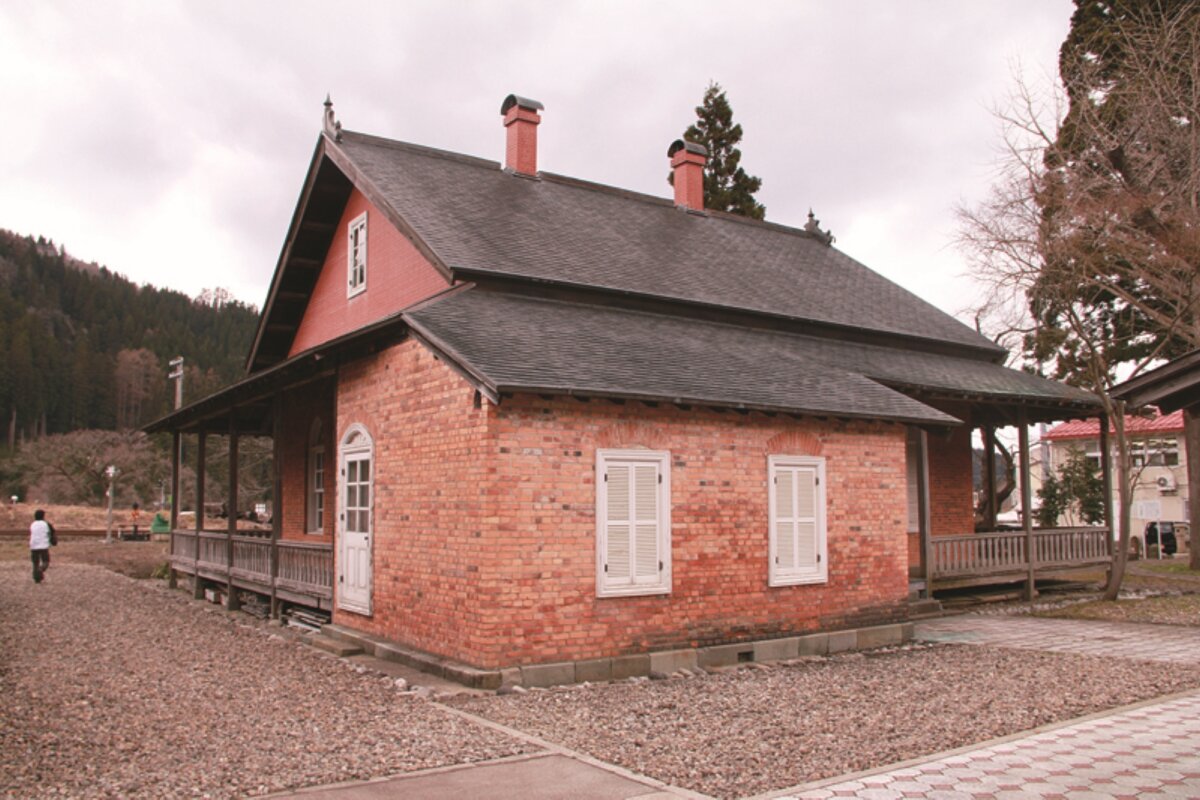
The Ani Mine, which was said to be the number one in Japan during the Edo period and supported the Kubota Domain [Kita Akita City, Akita Prefecture]
table of contents
- 1 The Ani mine supported the finances of the Kubota clan along with the In-house silver mine.
- 2 Ani Mine is a collective name for several mines spread out in the Ani area.
- 3 During the Edo period, the population of the Ani mine area was over 10,000.
- 4 Gennai Hiraga worked hard to improve mining technology.
- 5 “Foreigners” from Europe and America promote the modernization of mining technology
- 6 The remains of foreign engineers' quarters are designated as an important cultural property of the country.
- 7 Ani Mine, which laid the foundation for the Koga Zaibatsu
- 8 At the end of the Showa era, the mountain was forced to close due to resource depletion.
- 9 “Former Ani Mine Foreign Official Residence” (Ani Ijinkan) built in the early Meiji period
- 10 ``Ani Folklore Museum'' displays materials and mining tools from the Ani mine.
The Ani Mine is one of Japan's leading copper mines that operated until 1986 in Kitaakita City, located in the northern part of Akita Prefecture, bordering Iwate Prefecture
The Ani mine supported the finances of the Kubota clan along with the In-house silver mine.
In the Tohoku region, gold, silver, copper, and other products produced from nearby mines have been used since ancient times, as represented by Chusonji Kinjido (Hiraizumi Town, Iwate Prefecture) and Nanbu Ironware (Iwate Prefecture)
Many of the mines exist in the Ou Mountains, which is a watershed in the Tohoku region. The Ani Mine is also located in the Ou Mountains, which is the border between Akita and Iwate prefectures, and is dotted nearby with Osarizawa Mine (Kakunodate City), Innai Ginzan (Yuzawa City), and Kosaka Mine (Kosaka Town)
Ani Mine is a collective name for several mines spread out in the Ani area.
Ani Mine is a collective name for several mines that existed on both banks of the Ani River in the former Ani Town, and there is no single mine named “Ani Mine.” Gold was first discovered in Ani during the Heian period, and is said to have been discovered by Jikaku Daishi Ennin It is also said that Itakizawa Kanayama (later Makizawa Copper Mine) in the 13th century
The existence of a mine in the Ani area first appears in ancient documents from the Muromachi period. According to this, there were two mines along the Anigawa River, Itagizawa Kanayama and Mukoyama Ginzan, which formed a large mining town. These two mines were run by the powerful clans that owned the land from the Muromachi period to the Sengoku period (Itakizawa Kanayama = Takada clan, Mukoyama Ginzan = Matsuhashi clan). After the Satake clan entered Akita in 1602 during the Edo period, it was directly managed by the Kubota clan (Akita clan) from 1702 onwards.
During the Edo period, the population of the Ani mine area was over 10,000.
The Ani Mine, which was directly managed by the Kubota clan, was home to the Ozawa Copper Mine, Sanmai Copper Mine, Kayakusa Copper Mine, Ichinomata Copper Mine, Ninomata Copper Mine, and Makizawa Copper Mine, known as the "Ani Rokkazan". In 1716, the Ani Mine became the largest producer of copper in Japan. At its peak, the population around the mine was said to have exceeded 10,000 people, and it was so prosperous. The Ani mine supported the finances of the Kubota clan along with the Innai silver mine.
Copper produced from the Ani mine was considered important as a raw material for currency for the Edo shogunate and as an export item overseas. At its peak, it is said that almost half of the copper procured by the shogunate came from the Ani mine, and the Kubota clan was greatly enriched.
Gennai Hiraga worked hard to improve mining technology.
However, the excitement didn't last long. Around the 1750s, the amount of copper produced at the Ani mine decreased, and the Kubota clan was forced into financial difficulties and took measures such as being frugal. he invited Gennai Hiraga (1728-1780) a resident of Edo who was the first scientist in Japan to create an electric generator (friction-type electromotive machine) and was also knowledgeable about minerals. Worked on improving mining technology. As a result, a smelting method was completed to separate silver from the copper produced at the Ani mine. At the same time, they succeeded in rebuilding the Ani Copper Mine by entrusting its management to Osakaya, a private company that was skilled in mine development and management.
“Foreigners” from Europe and America promote the modernization of mining technology
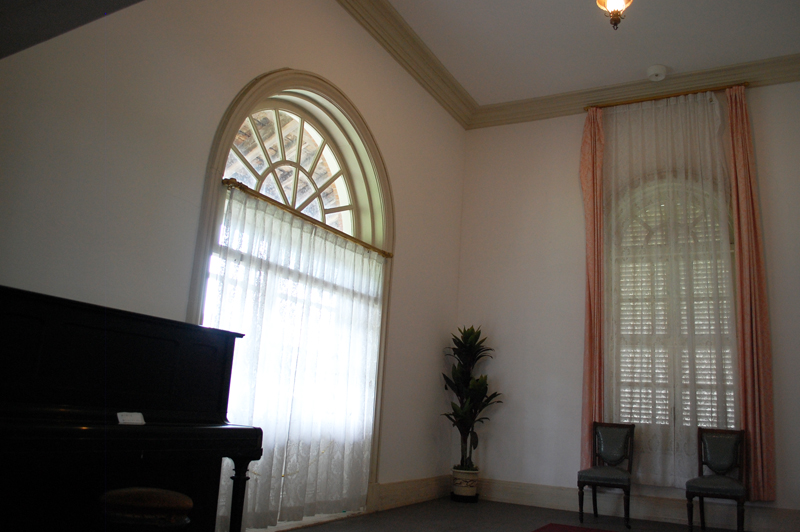
The Meiji government began reforming mining technology, which had previously relied solely on inefficient Japanese technology. Therefore, in 1880 (Meiji 13) , five European and American mining engineers, known as "hired foreigners," arrived at the Ani mine, including German Adolf Meckel (Metzgel)
Meckel plans to consolidate the ore produced at various locations at the Ani mine. The idea was to transport ore from the Sanmai Copper Mine and the Makizawa Copper Mine to the Ozawa Copper Mine, and centralize ore processing and smelting to improve efficiency. Railways were also built from each mine to the Ozawa Copper Mine and smelter. Meckel's plan was completed in 1884 (Meiji 17). As a result, the production volume of the Ani Mine increased to about three times what it was at the end of the Edo period.
The remains of foreign engineers' quarters are designated as an important cultural property of the country.
Two houses were built in 1881 (Meiji 14) for Meckel and other foreign engineers. Although it is a brick building, which was unusual at the time, Meckel left the Ani Mine in 1882 (Meiji 15) when his term of office ended. Also, all the other foreign engineers left by the following year, so this building was only used as a residence for four to five years. Afterwards, it was used as a mining office, guest house, and accommodation facility, but one of the two buildings was destroyed by fire in 1954. The remaining building still exists and was designated as a national important cultural property in 1990. It is currently owned by Kitaakita City and is open to the public as ``Ani Ijinkan.''
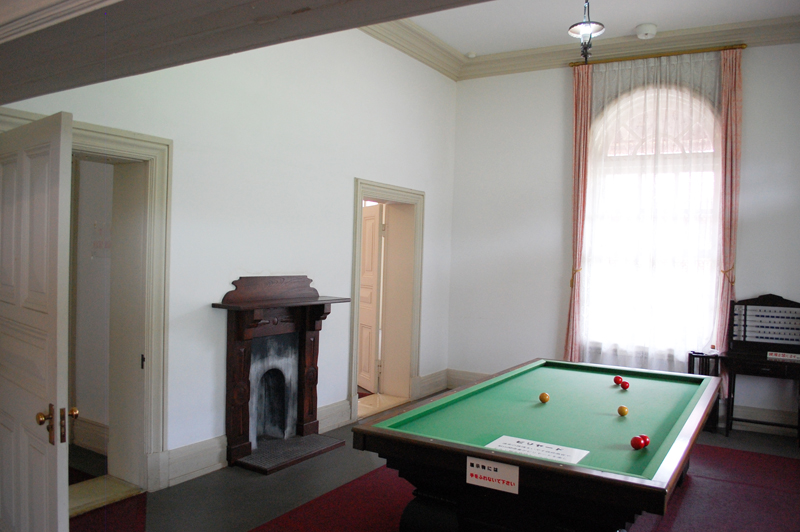
Ani Mine, which laid the foundation for the Koga Zaibatsu
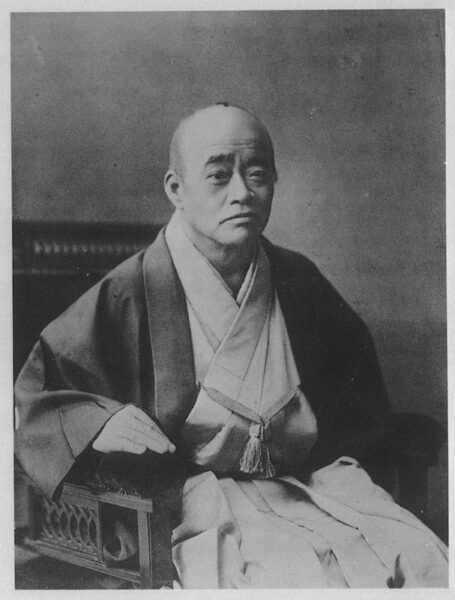
was sold to Furukawa Ichibee (1832-1903) in 1885 (Meiji 18) In 1875 (Meiji 8), Ichibei started managing the Kusakura Copper Mine (Kusakura Dozan / Kanase Town, Niigata Prefecture / closed in 1920) with the help of Shibusawa Eiichi (1840-1931), and in 1877 In 1898, he acquired the Ashio Copper Mine (Nikko City, Tochigi Prefecture) and grew. After that, he was involved in the management of many mines, including the Ashio Copper Mine (Tochigi Prefecture) and the Ani Mine. ) was a mining tycoon who formed the Koga Zaibatsu, centered on the Koga Zaibatsu.
At the end of the Showa era, the mountain was forced to close due to resource depletion.
Even after management of the Ani mine was transferred to Furukawa Mining, it was not smooth sailing due to the depletion of ore veins and the decline in global copper prices. From the latter half of the Meiji era to the early Showa era, many of the Ani Rokkasan mountains were forced into suspension or closure.
Nevertheless, in 1936 (Showa 11), the Anigo Line (currently the Akita Nairiku Jukan Railway) was opened from Takanosu Station (Kitaakita City) on the Ou Main Line to Aniai Station, the nearest station to the Ani Mine. Furthermore, in 1938 (Showa 13), a new Ozawa ore processing plant was constructed, and the mine continued to operate as a copper mine. The Ozawa ore processing plant site is one of the few remains of the Ani mine that still remains.
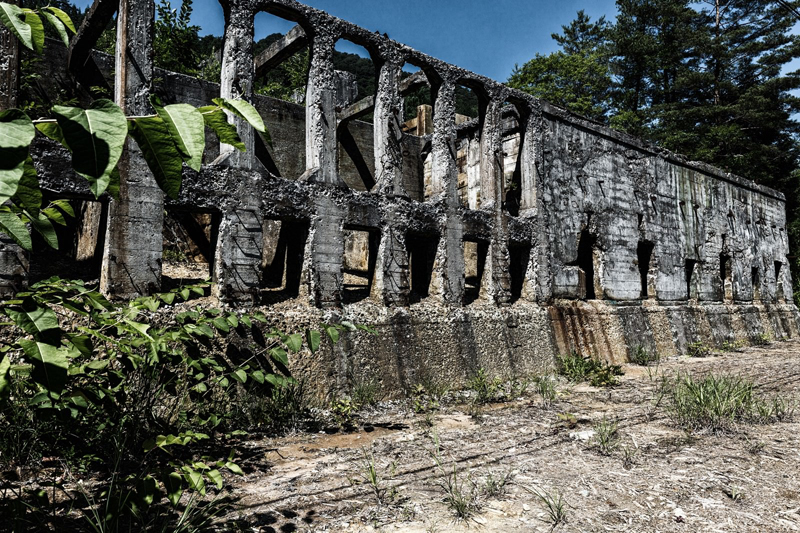
However, in July 1970, Furukawa Mining stopped production at the Ani Mine due to the depletion of mineral resources. However, even after production ceased, we continued our exploration business as Ani Exploration Company, and as a result we discovered several veins, so we Ani Mine Co., Ltd. and resumed mining. However, the business was not profitable, and the mountain was closed in September 1986, and the business remained dormant for a long time. After the mine was closed, the Furukawa Group's Ashio Seiren Co., Ltd. Ani Mine is in charge of facility management and safety measures. *In cooperation with this section: Furukawa Metal Machinery Co., Ltd. Corporate Planning Department Public Relations and IR Section
“Former Ani Mine Foreign Official Residence” (Ani Ijinkan) built in the early Meiji period
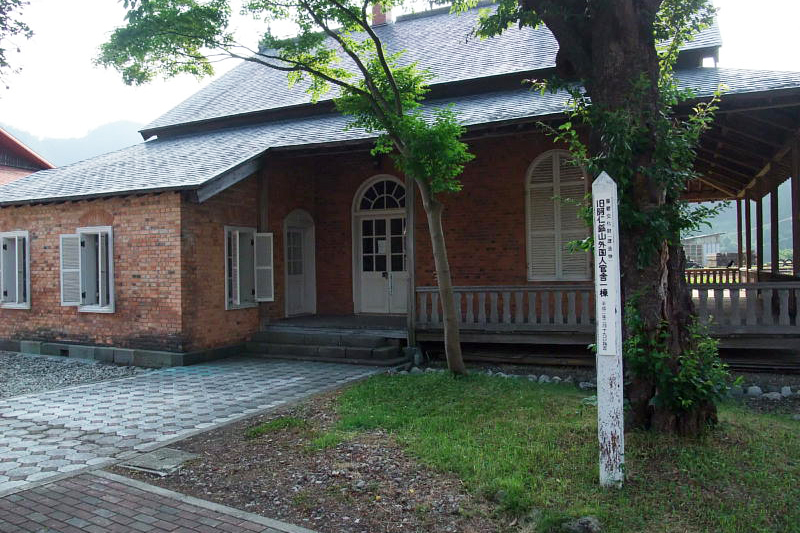
``Ani Ijinkan'' is the oldest Western-style building in Akita Prefecture, built in 1881 (Meiji 14). The building is said to have been designed by Meckel, who was appointed as chief engineer at the time, and the structure, including the veranda, staircase with decorated handrails, and semicircular windows, was a series of surprises for Japanese people who had only seen Japanese-style architecture. It seems that it was. It is said that he also directed the bricks used for the exterior walls to be baked locally.
``Ani Folklore Museum'' displays materials and mining tools from the Ani mine.
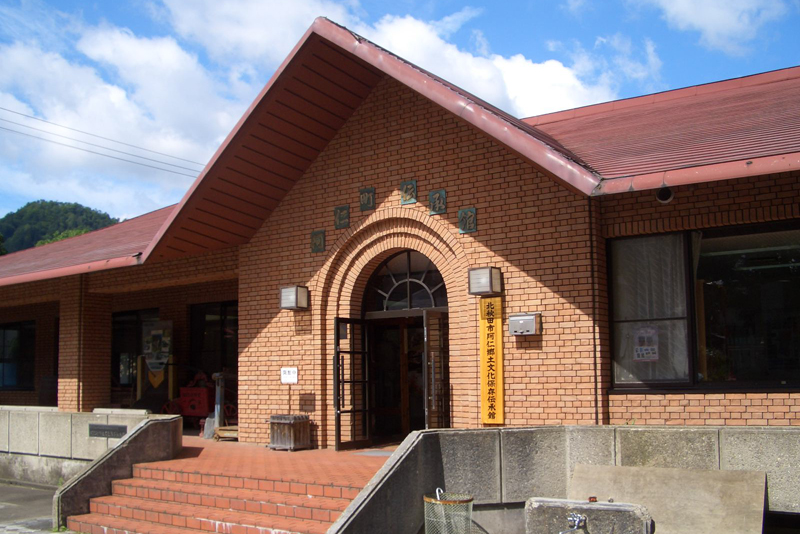
``Ani Folklore Museum'' is ``Ani Ijinkan.' ' It exhibits mineral specimens and tools such as chalcopyrite (a raw material for copper), pyrite, and quartz that were mined at the Ani Mine. We collect and display illustrations from the Edo period. introduces folk cultural assets such as ``Neko Bangaku'' (a nationally designated important intangible folk cultural property) that has been handed down in the Ani region It is connected to ``Ani Ijinkan'' by an underground passage.
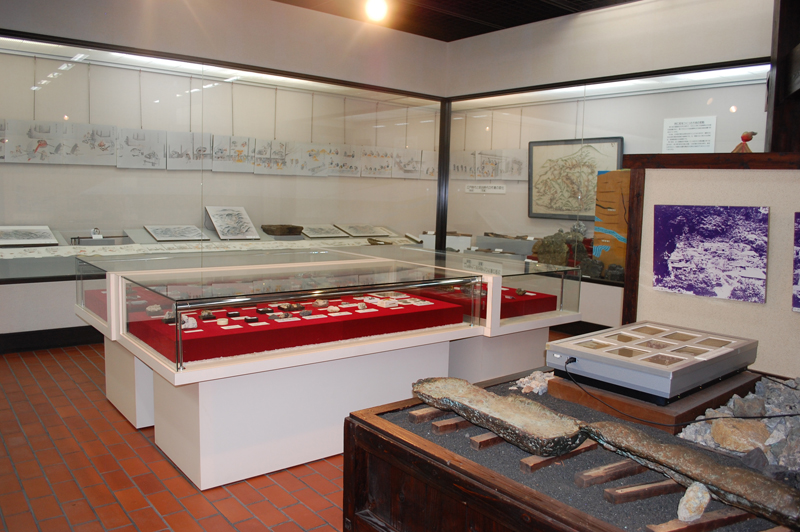
INFORMATON
- Facility name: Kitaakita City Ani Ijinkan, Kitaakita City Local Culture Preservation and Tradition Museum
- Location: 41-22 Shimoshinmachi, Ani Ginzan, Kitaakita City, Akita Prefecture
- Phone number: 0186-82-3658
- Opening hours: 9:00-17:00 (last entry 16:30)
- Admission fee: 400 yen for adults, 300 yen for high school, university, and vocational school students, 200 yen for elementary and junior high school students (free for elementary and junior high school students in Kitaakita City)
- Closed: Mondays (the next day if Monday is a public holiday), December 29th to January
- URL: Ani Ijinkan/Ani Tradition Museum
- access:
- Railway: Approximately 5 minutes walk from Aniai Station on the Akita Nairiku Jukan Railway
- Car: Approximately 2 hours and 10 minutes from Morioka IC on the Tohoku Expressway





![Akita Cedar, which has been close to people's lives since ancient times, is a close look at the reasons and secrets [Akita Prefecture] Ninfu Mizusawa Cedar Rare Population Protection Forest (Noshiro City, Akita Prefecture)_Travel Tohoku](https://jp.neft.asia/wp-content/uploads/2025/05/792bcbe7d9fd514753f4deeaca3de33f-150x150.jpg)
![[Semboku City, Akita Prefecture] It's best to see both the man-made autumn leaves of Kakunodate and the natural autumn leaves of Dakigaeri Valley. Higashishorakucho_Semboku City](https://jp.neft.asia/wp-content/uploads/2025/08/c70a99377a4bb64de3c1f83babf0ea49-150x150.jpg)
![[Fukushima City, Fukushima Prefecture] Fukushima Prefecture’s cultural asset “Fukushima Civic House Garden” that should be preserved for future generations 8c11851463ddede5f0cfc680bb3adce6](https://jp.neft.asia/wp-content/uploads/2022/05/8c11851463ddede5f0cfc680bb3adce6-150x150.jpg)
![[Minamiaizu District, Fukushima Prefecture] The abundance of hot springs in the Nasu volcanic belt is attractive. ``Yunokami Onsen'' is a base for sightseeing in ``Ouchi-juku'' and ``Tanohetsuri.'' 22875645 m](https://jp.neft.asia/wp-content/uploads/2022/08/22875645_m-150x150.jpg)
![[Akita Prefecture] Kosaka Town is a town that has taken you back in time to the Meiji era. Cultural heritage left behind by Kosaka Mine 1_22](https://jp.neft.asia/wp-content/uploads/2023/07/1_22-150x150.jpg)
![The popular game "Matagi" started in Kitaakita City! [Akita Prefecture] matagi](https://jp.neft.asia/wp-content/uploads/2024/04/matagi-150x150.jpg)
!["Honkai Lion Dance Banraku" is a folk entertainment that has been handed down for 400 years [Yurihonjo City, Akita Prefecture] 5 Great Sea Lion Dance](https://jp.neft.asia/wp-content/uploads/2025/03/0215ff7aa0e94eddc6dff8713d12e83b-150x150.jpg)

